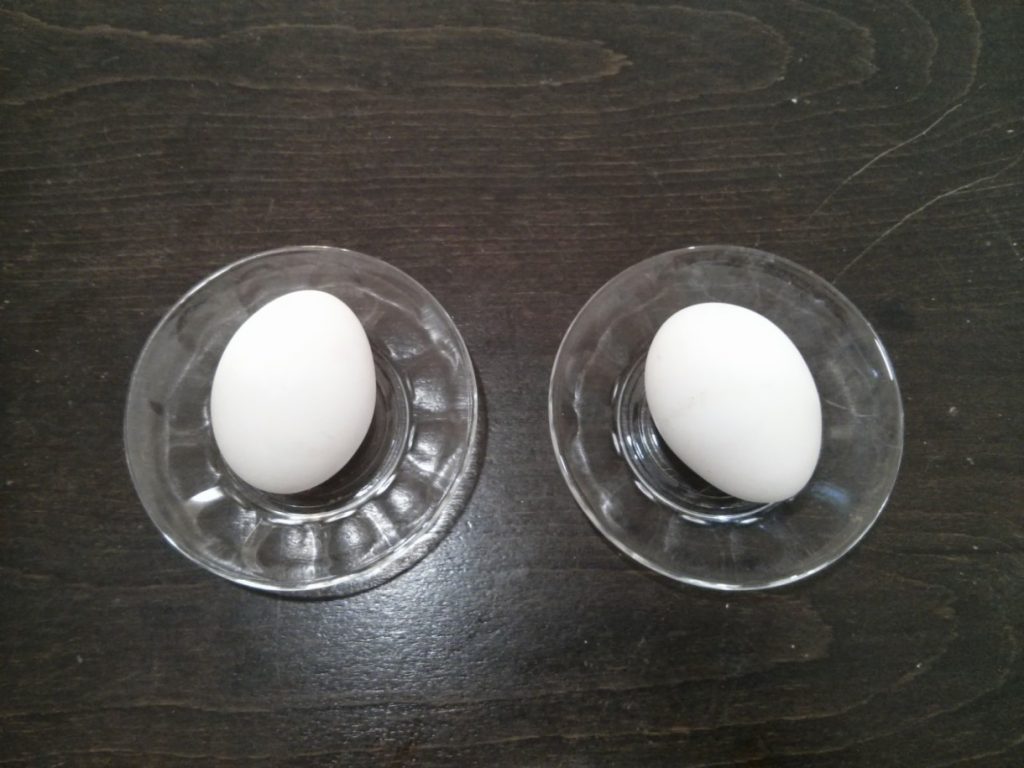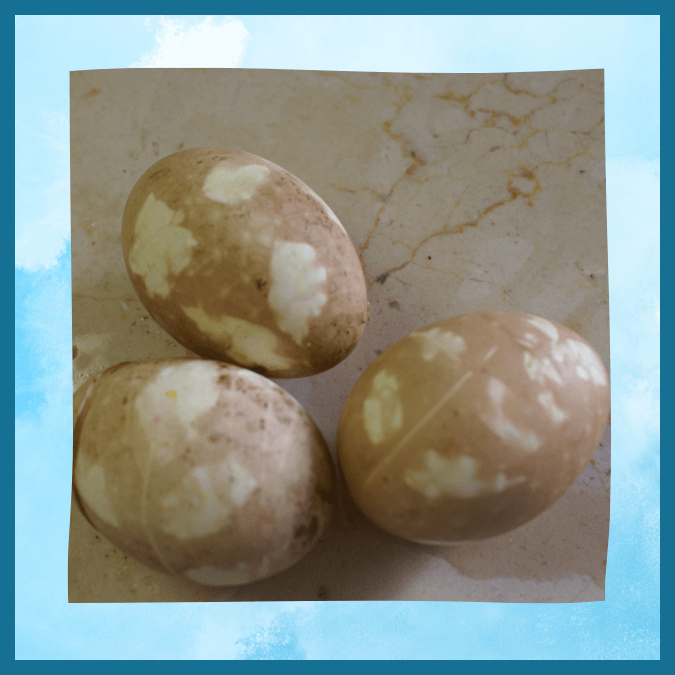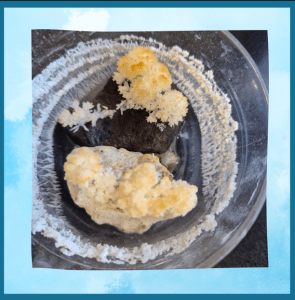The Boiled vs Raw Egg Spinner
How can you know if an egg is raw or boiled? Eggs are a staple food in many cuisines around the world. They can be prepared in different ways – raw, soft-boiled, hard-boiled, scrambled, and more. But sometimes it’s hard to tell just by looking whether an egg is raw or hard-boiled.
In this simple experiment, we’ll use the scientific principles of rotational motion to find out!
By spinning both a raw egg and hard-boiled egg, we can observe differences in how they turn. The different spinning patterns reveal information about the liquid and solid portions inside. So just by spinning and looking, we can reliably determine whether an uncracked egg is raw or hard without cracking it open!
Materials:
- 2 eggs (one raw, one boiled)
Thats it!
What to do?
- Look at the two eggs and try to guess which one is the hard-boiled egg.
- Place each egg on a plate (this will prevent the eggs from rolling from the table to the floor during spinning).
- Spin each of the eggs and observe how they spin.
- While the eggs spin, touch each egg and see what happens.

How does this happen?
How to distinguish between a hard-boiled and a raw egg?
First, we can see that a raw egg spins more slowly than a hard-boiled egg. The reason is that a hard-boiled egg is solid throughout and when spun, both the shell and the inside spin uniformly and smoothly. In contrast, in a raw egg the liquid inside does not spin in the same way as the shell, but rather swishes inside and causes disturbances to the spin, resulting in loss of rotational energy and slowing down the egg.
Additionally, when stopping a hard-boiled egg, all the rotational energy is taken from it at once. However with a raw egg, the liquid yolk and white continue spinning even after stopping the egg. When left alone, the inner liquid still spinning causes the egg to continue spinning as well.
We’d love to showcase your creativity!
Share pictures of your experiments with us, and together, we can inspire young scientists everywhere!
















